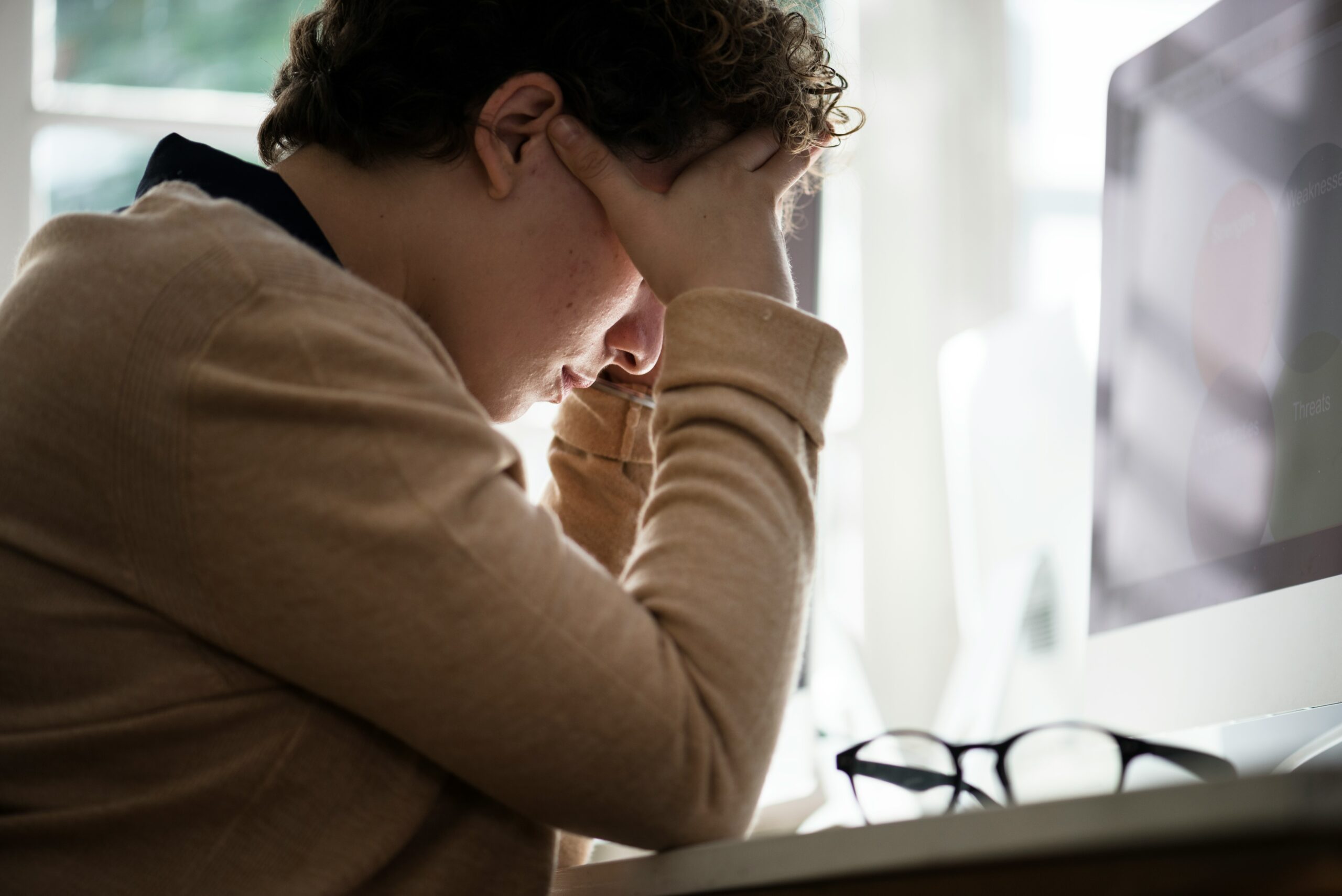Why Exercise Helps With Anxiety and Stress
The Science Behind Exercise and Mental Health
Exercise and mental well-being are closely linked. Physical activity triggers the release of endorphins, often referred to as “feel-good hormones,” in the brain. These chemicals act as natural painkillers and mood elevators. Simultaneously, regular exercise helps reduce levels of stress hormones like cortisol and adrenaline, leading to a more relaxed state.
According to the Anxiety and Depression Association of America (ADAA), just five minutes of aerobic exercise can start reducing anxiety levels. Long-term, regular exercise has been shown to improve overall mental resilience by enhancing brain health and promoting better sleep—two key components of emotional well-being.
The Mind-Body Connection
Exercise doesn’t just benefit your body; it’s a powerful tool for your mind. Activities like running, yoga, swimming, or even brisk walking provide a much-needed mental break from daily worries. By focusing on movement and muscle coordination, you can quiet a stressed or anxious mind. Certain forms of exercise, such as yoga and tai chi, also incorporate mindfulness, which has been proven to ease symptoms of anxiety.
Expert Opinion: According to Dr. John Ratey, author of Spark: The Revolutionary New Science of Exercise and the Brain, exercise acts as “Miracle-Gro for the brain,” improving cognitive function, memory, and mood.
Types of Exercise You Can Try for Stress Relief
Different types of exercise can cater to various stress and anxiety management needs. Here’s a handy table that highlights exercises and their mood-boosting benefits:
| Exercise Type | Benefit | Best For |
|---|---|---|
| Aerobic Activities | Releases endorphins, boosts mood | Running, cycling, swimming |
| Yoga | Reduces cortisol, improves breathing and relaxation | Anxiety-specific stress relief, mind-body connection |
| Strength Training | Builds confidence, releases tension | Weightlifting, resistance band exercises |
| Dance | Enhances mood, promotes social engagement | Zumba, salsa, or even solo dancing at home |
| Walking | Eases anxiety, provides mental clarity | Great for beginners or during breaks |
| Tai Chi | Encourages mindfulness and focus | Lower-impact option for older adults or those recovering from injury |
| Swimming | Provides full-body relaxation | Stress relief combined with low-impact fitness |
| Group Fitness | Builds community, offers camaraderie | Spin classes, boot camps, or fitness meet-ups |
Pro Tip: Beginners can start with a low-intensity option like walking or yoga and gradually ramp up to activities like running or strength training.
Practical Tips to Make Exercise a Sustainable Habit
- Start Small and Set Realistic Goals
It’s easy to get overwhelmed when you’re just starting out. Break your goals into manageable steps—for example, 15-minute daily walks—so exercise feels like a sustainable activity rather than a chore.
- Schedule Workouts Like Appointments
Consistency is key, and the best way to stay consistent is by carving out specific times for exercise. Treat it like a meeting that can’t be missed.
- Focus on Activities You Love
Exercise shouldn’t feel like punishment. Choose sports or activities that you truly enjoy, like swimming, yoga, or dancing, so you’re excited to do them.
- Recruit a Workout Buddy
Sharing your fitness goals with a friend can keep you motivated—and add a fun, social aspect to your workouts.
- Incorporate Movement Into Your Day
Not all exercise requires blocking out time at the gym. Activities like biking to work, using the stairs instead of an elevator, or a quick stretch during a work break can help reduce stress throughout your day.
- Reflect on the Positive Changes
Keep a journal where you jot down how you feel before and after exercising. Over time, you’ll notice improvements in your mood, sleep, and energy, reinforcing your commitment.
Pro Tip: If you’re short on time, even a 10-minute walk outdoors can work wonders for clearing your head and boosting your mood.
Community Success Stories
- Mary, 28: “Yoga has made all the difference in my life. It’s now my go-to for managing anxiety before big work deadlines.”
- Jake, 34: “Running helps me disconnect from stress and reconnect with nature. The ‘runner’s high’ is real and so worth it!”
Have your own exercise success story? Share it with us in the comments!
Frequently Asked Questions (FAQ)
- 1. How much exercise do I need to reduce anxiety?
- Moderate activity for 30 minutes, 3-5 times a week, is beneficial. However, even shorter bursts of exercise can make a difference.
- 2. Can exercise replace therapy or medication for anxiety?
- Exercise can complement therapy and medication but shouldn’t replace professional treatment. Always consult a healthcare provider about your mental health.
- 3. What type of exercise is best for beginners with anxiety?
- Walking and yoga are excellent starting points—they’re low-intensity but effective in reducing anxiety and stress.
- 4. How soon will I see results from exercise?
- Some benefits, like mood improvement, can be immediate. Long-term stress reduction and overall mental health improvements may take a few weeks of consistent effort.
- 5. Can group activities help with social anxiety?
- Yes! Group fitness can build confidence and reduce feelings of isolation, helping manage social anxiety.
Final Thoughts: Prioritize Your Mental Health, One Step at a Time
Exercise is more than just a way to stay fit—it’s a powerful tool for managing anxiety and stress. Whether it’s a brisk walk in the park, an invigorating yoga session, or even a casual bike ride, every bit of movement can contribute to a calmer, more centered mind.
Start small, find what works for you, and commit to consistent activity. Remember, your mental health is just as important as your physical health.
Interested in learning more? Explore additional resources or connect with like-minded individuals who use fitness as a pathway to better mental health. Together, we’ll move towards a healthier, happier tomorrow.


Leave a Reply